Overview of the T-M136 Conveyor Belt DIY Learning Kit
The T-M136 Conveyor Belt DIY Learning Kit is a practical, curriculum-friendly STEM project that introduces students to core concepts in mechanical engineering, automation, and industrial systems. Learners assemble a working conveyor system driven by a DC motor to simulate material movement in factories, warehouses, and packaging lines.
What students will learn
- Fundamentals of mechanical motion and energy transfer
- Gear transmission, shaft alignment, and pulley systems
- Basic motor control and battery-powered electronics
- System design, troubleshooting, and hands-on problem solving
Key features and benefits
- Hands-on learning: Visualize how conveyor systems transport materials in automated environments.
- Motorized operation: Smooth, DC motor-driven belt rotation to demonstrate speed and torque relationships.
- Adjustable belt system: Modify belt tension and experiment with speed for practical demonstrations.
- Easy assembly: Pre-cut wooden or acrylic parts fit together with no soldering or advanced tools required.
- Eco-friendly materials: Non-toxic, durable components designed for repeated classroom use.
- Skill level: Designed for beginner to intermediate learners — perfect for classroom labs and after-school programs.
Package contents
- Pre-cut wooden or acrylic base frame
- Conveyor belt material (rubber or fabric continuous loop)
- DC motor and pulley system
- Shafts, gears, and support brackets
- Battery holder and switch
- Connecting wires and hardware
- Step-by-step instruction manual with assembly diagrams
Specifications
- Model: T-M136
- Material: Wood, plastic, rubber, and electronic components
- Power supply: DC 3V to 5V (battery operated)
- Belt type: Continuous loop (rubber or fabric)
- Assembly time: Approximately 30 to 45 minutes
- Skill level: Beginner to intermediate
- Learning focus: Mechanical motion, automation, gear systems, and energy transfer
Classroom applications and project ideas
- Demonstrate energy transfer, friction, and mechanical advantage in physics classes
- Use as a lab for teaching basic automation and industrial processes in vocational courses
- Assign design challenges: increase payload capacity, change belt speed, or add sensors
- Encourage cross-disciplinary projects combining engineering, coding (optional motor controllers), and design
Assembly tips and safety
- Follow the step-by-step manual for correct shaft and gear alignment to prevent premature wear.
- Secure the battery holder and switch before initial power-on to avoid loose connections.
- Supervise younger students when handling small hardware and electrical components.
- Use the adjustable tension to avoid slipping but do not overtighten to protect bearings and belts.
Frequently asked questions
- Is soldering required? No. Parts are pre-cut and the kit is designed for tool-free or low-tool assembly.
- Can the kit be powered by an external power supply? Yes. While the kit is battery operated (3V–5V), a suitable DC power supply can be used for extended demos.
- Can students modify the kit? Yes. The kit supports experimentation such as changing gear ratios, belt materials, or adding simple sensor modules.
Note: Images are for illustration purposes only.




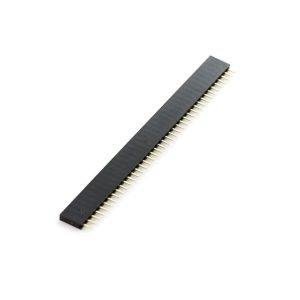


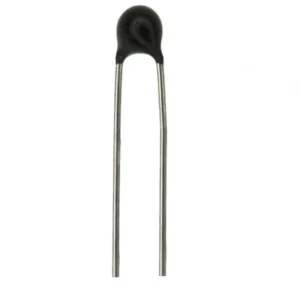
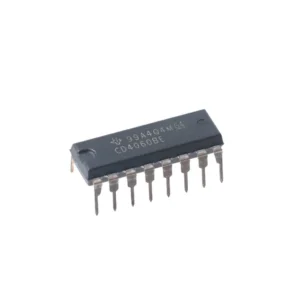
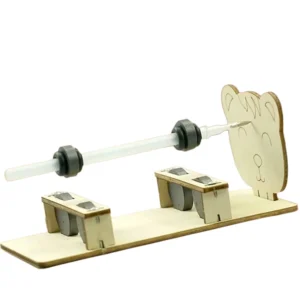

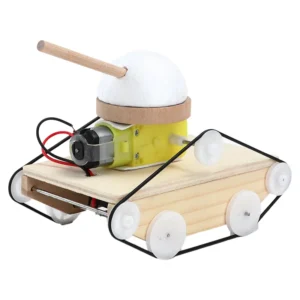


Reviews
There are no reviews yet